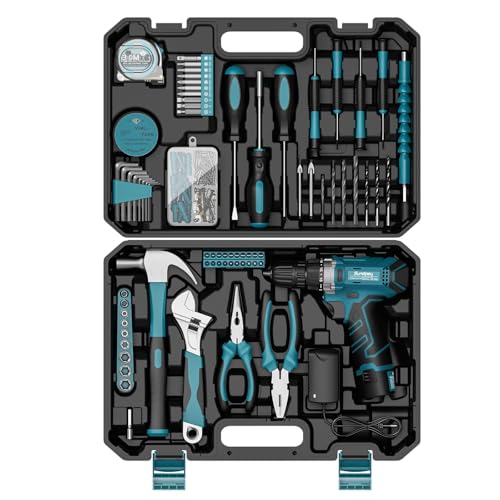I just got a delivery of my brand new 2017 e-golf! I am loving it!
I just want to clarify some tips about preserving battery life. I recently came across this: https://electronics.stackexchange.com/questions/263036/why-charging-li-ion-batteries-in-cold-temperatures-would-harm-them
It claims charging battery in cold weather will permanently damage it. Is this true? I live in Canada, and will have -20 degree winter days coming, and don't have indoor garage. Am I screwed?
I just want to clarify some tips about preserving battery life. I recently came across this: https://electronics.stackexchange.com/questions/263036/why-charging-li-ion-batteries-in-cold-temperatures-would-harm-them
It claims charging battery in cold weather will permanently damage it. Is this true? I live in Canada, and will have -20 degree winter days coming, and don't have indoor garage. Am I screwed?

































